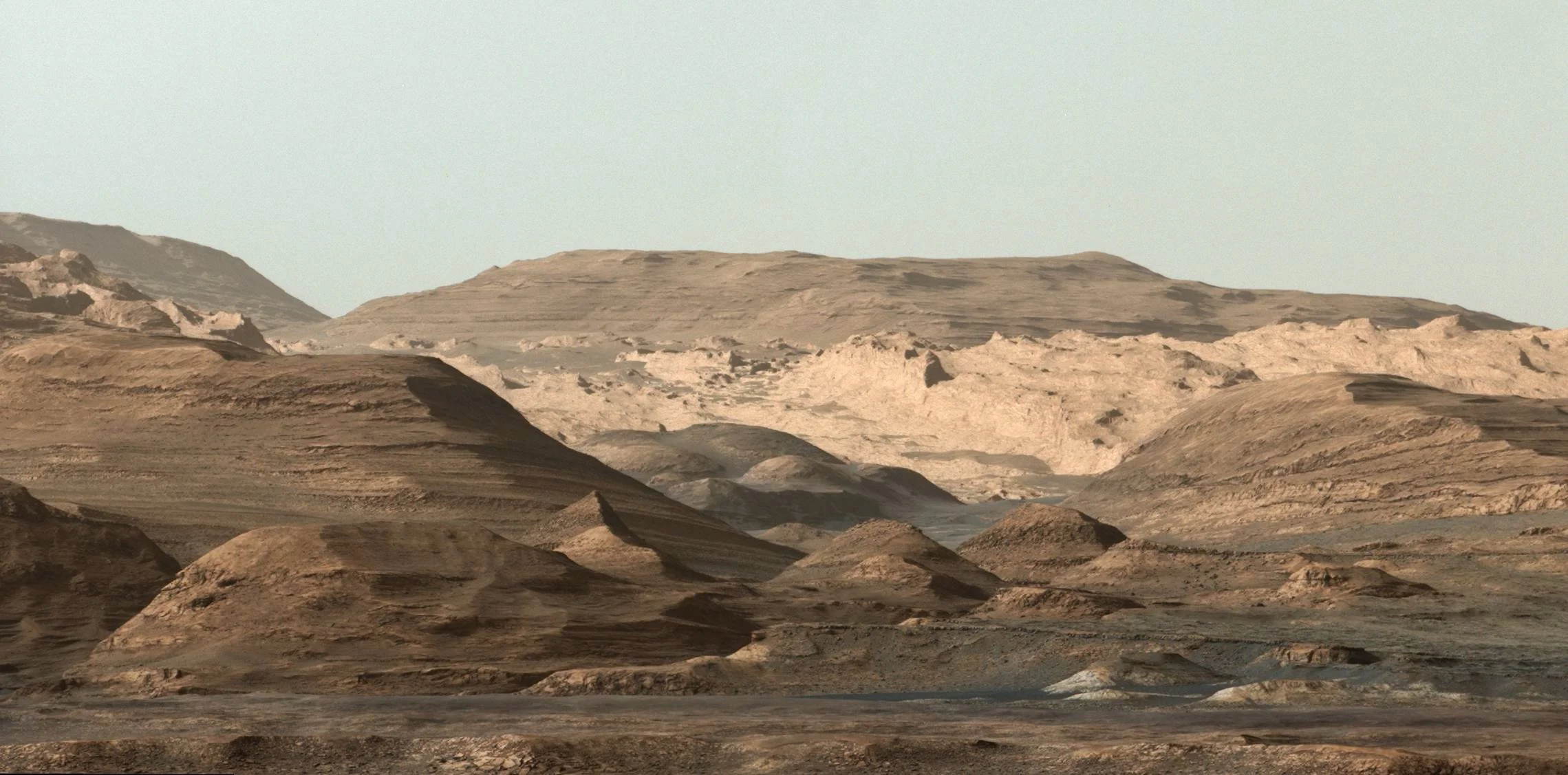NASA's James Webb Space Telescope has captured a stunning image of the ice giant Uranus, revealing dramatic rings and bright features in the planet's atmosphere. The new image demonstrates the observatory's unprecedented sensitivity for detecting faint dusty rings, previously only imaged by two other facilities: the Voyager 2 spacecraft in 1986 and the Keck Observatory with advanced adaptive optics.
Zoomed-in image of Uranus, captured by JWST’s Near-Infrared Camera (NIRCam) revealing gorgeous views of the planet’s rings.
(Image Credit: NASA, ESA, CSA, STScI. Image processing: J. DePasquale (STScI))
Uranus, the seventh planet from the Sun, is unique due to its 90-degree rotational tilt, causing extreme seasons as the poles experience years of constant sunlight followed by years of complete darkness. Currently in late spring at the northern pole, the infrared image from Webb's Near-Infrared Camera (NIRCam) combines data from two filters, showing the dynamic nature of the atmosphere.
Suggested article: Something Twice the Size of Earth Slammed into Uranus and Knocked it Over on its Side (Universal-Sci)
The image reveals a polar cap on the right side of the planet that brightens as the pole faces the Sun. This feature is unique to Uranus and appears to emerge during the summer before vanishing in the fall. Webb's sensitivity and longer wavelengths enable the detection of an enhanced brightening at the center of the polar cap, a feature not seen as clearly with other powerful telescopes like the Hubble Space Telescope and Keck Observatory.
The image also displays Uranus's 13 known rings, with 11 visible in this Webb image. Some of these rings appear to merge into a larger ring due to their brightness. Nine are considered the main rings of the planet, while two are fainter dusty rings, such as the diffuse zeta ring. Scientists expect that future Webb images will reveal the two faint outer rings discovered by Hubble during the 2007 ring-plane crossing.
Wider view of Uranus and six of its known moons - A handful of background objects, including many galaxies, are also visible.
(Image Credit: NASA, ESA, CSA, STScI. Image processing: J. DePasquale (STScI))
In addition to the rings, Webb captured six of Uranus's 27 known moons in a wider view of the Uranian system. This 12-minute exposure with just two filters is only the beginning of what Webb can do when observing this mysterious planet. The National Academies of Sciences, Engineering, and Medicine identified Uranus science as a priority in its 2023-2033 Planetary Science and Astrobiology decadal survey. More studies of Uranus are currently underway, with additional observations planned during Webb's first year of science operations.
Sources and further reading:
Who Discovered Uranus? (Universal-Sci)
How long is a year on Uranus? (Universal-Sci)
Too busy to follow science news during the week? - Consider subscribing to our (free) newsletter - (Universal-Sci Weekly) - and get the 5 most interesting science articles of the week in your inbox
FEATURED ARTICLES:








